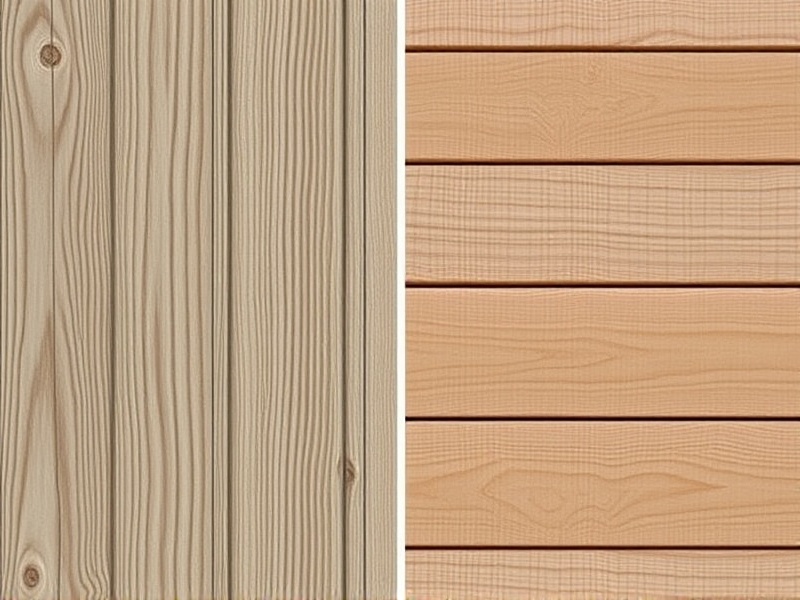Our Location
304 North Cardinal St.
Dorchester Center, MA 02124
Compare the initial costs and long-term expenses associated with composite and wooden deck boards to understand which option provides better value over time.

In recent years, homeowners have been faced with a choice between traditional wood and modern composite materials when building or renovating their decks. Both options offer unique advantages and disadvantages in terms of aesthetics, durability, and cost. This article aims to provide a comprehensive analysis of the upfront and ongoing costs associated with composite decking boards versus wood. We will consider factors such as installation, replacement, and maintenance expenses to help you make an informed decision.
The initial cost of materials is often a primary concern for homeowners. While wood is generally less expensive upfront, composite decking boards can sometimes be comparable depending on the specific type and quality of wood chosen. According to a study by the National Association of Home Builders (NAHB), pressure-treated pine is one of the most affordable wood options, whereas premium hardwoods like cedar or redwood can be significantly more costly. Composite materials, on the other hand, typically fall within a mid-range price point but can vary widely based on brand and composition.
For instance, a typical 500-square-foot deck made from pressure-treated pine might cost around $7,000, while the same size using composite materials could range from $10,000 to $15,000. However, these figures are approximate and can fluctuate based on regional pricing and market conditions.
While the initial expense is important, it’s also crucial to consider the long-term financial impact of each material. Maintenance costs can add up over time, making this a significant factor in your overall budget. Pressure-treated wood requires regular sealing and staining every few years to prevent rot and decay. Cedar and redwood, although naturally resistant to weather, still require periodic treatment to maintain their appearance and longevity.
In contrast, composite decking boards are marketed as virtually maintenance-free. They do not require staining or sealing, which can save considerable time and money over the life of the deck. However, they may still need occasional cleaning and minor repairs if damaged. It’s worth noting that while composites are advertised as low-maintenance, some brands may experience fading or warping under extreme conditions.
Maintenance costs for wood decks can quickly escalate, especially if proper care is neglected. Replacing rotted or damaged sections of a wooden deck can be both labor-intensive and costly. Composite materials, although more expensive initially, often last longer and require fewer replacements. The lifespan of a composite deck can exceed 25 years with minimal upkeep, compared to the 15-20 year average for well-maintained wood decks.
Moreover, the environmental impact should also be considered. Composite materials are generally more sustainable due to their ability to use recycled content and their lower demand for frequent replacement. This makes them a greener option in the long run.
When evaluating the cost analysis of composite decking boards versus wood, it’s clear that while wood may be cheaper upfront, the total cost of ownership—including maintenance and potential replacements—can make composite materials a more economical choice over time. Each option has its own set of benefits and drawbacks, so the best choice depends on individual preferences, budget constraints, and long-term planning.